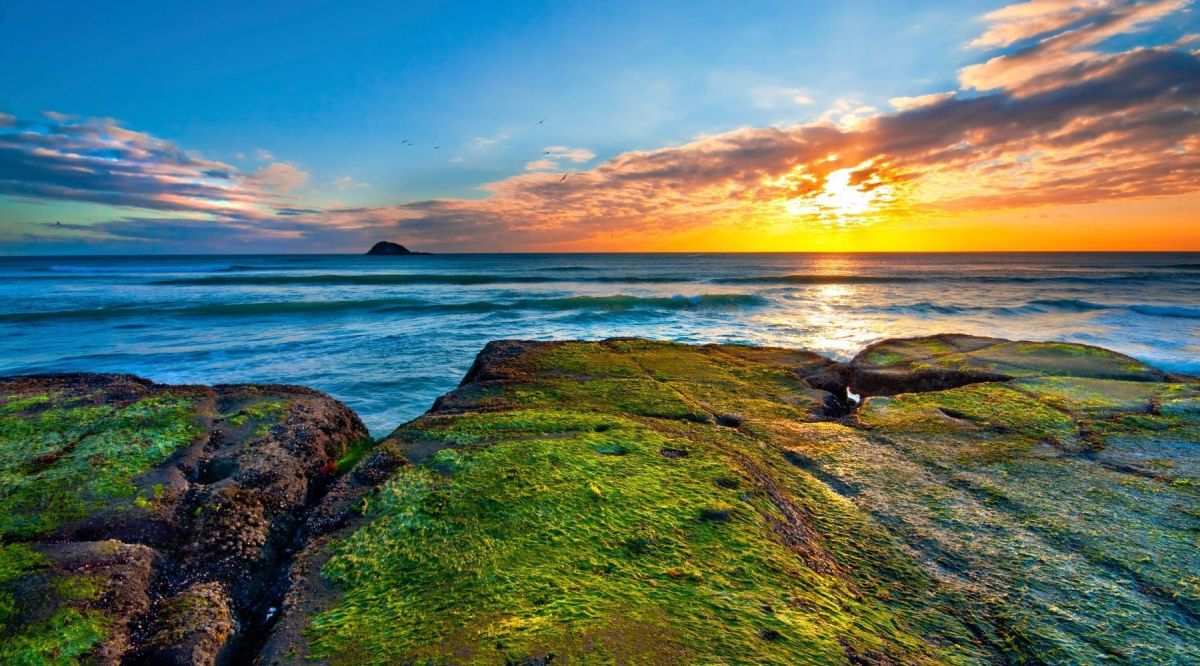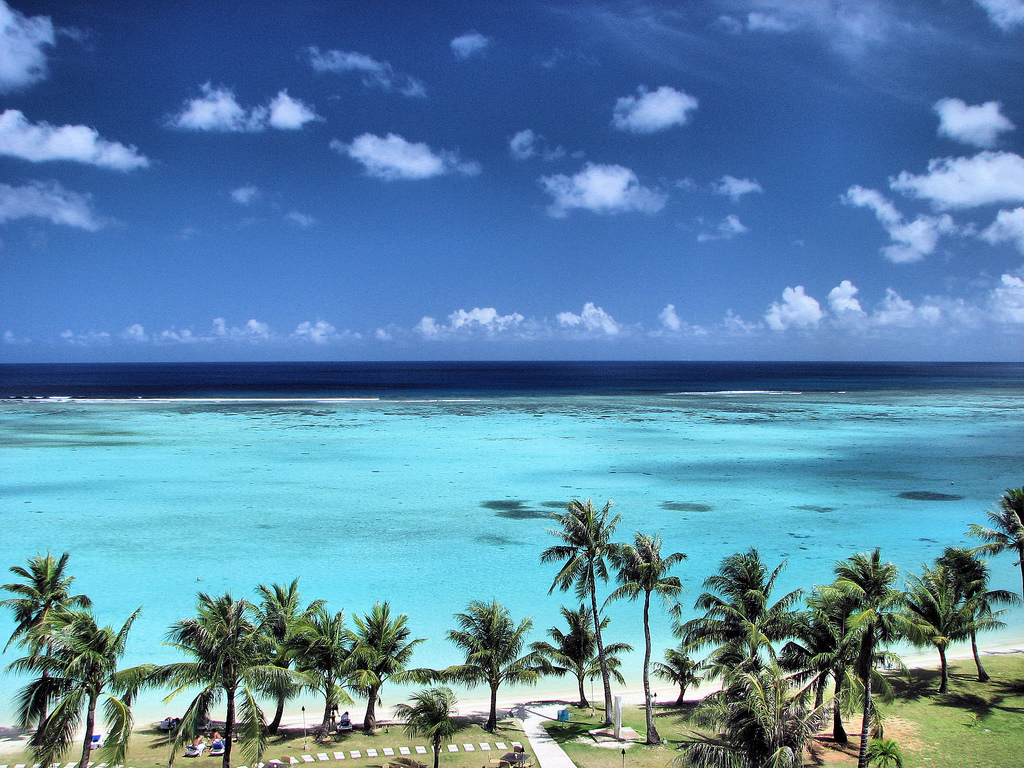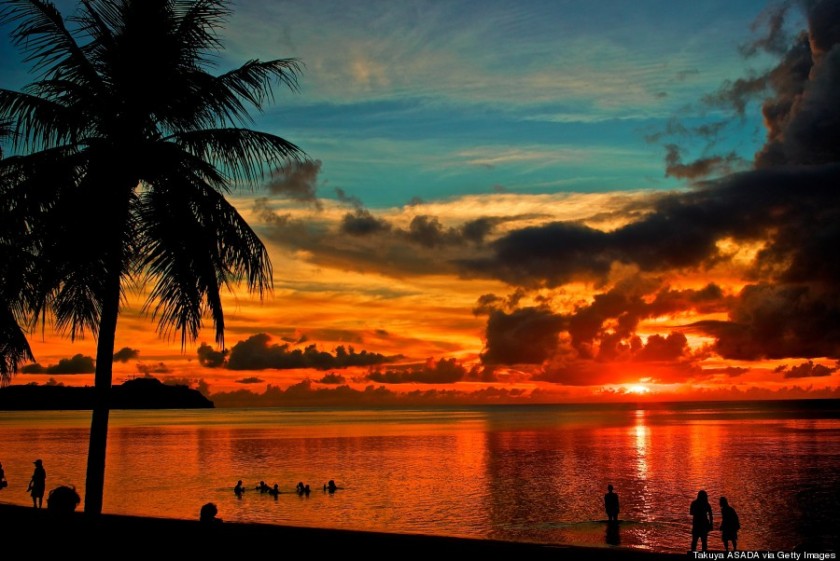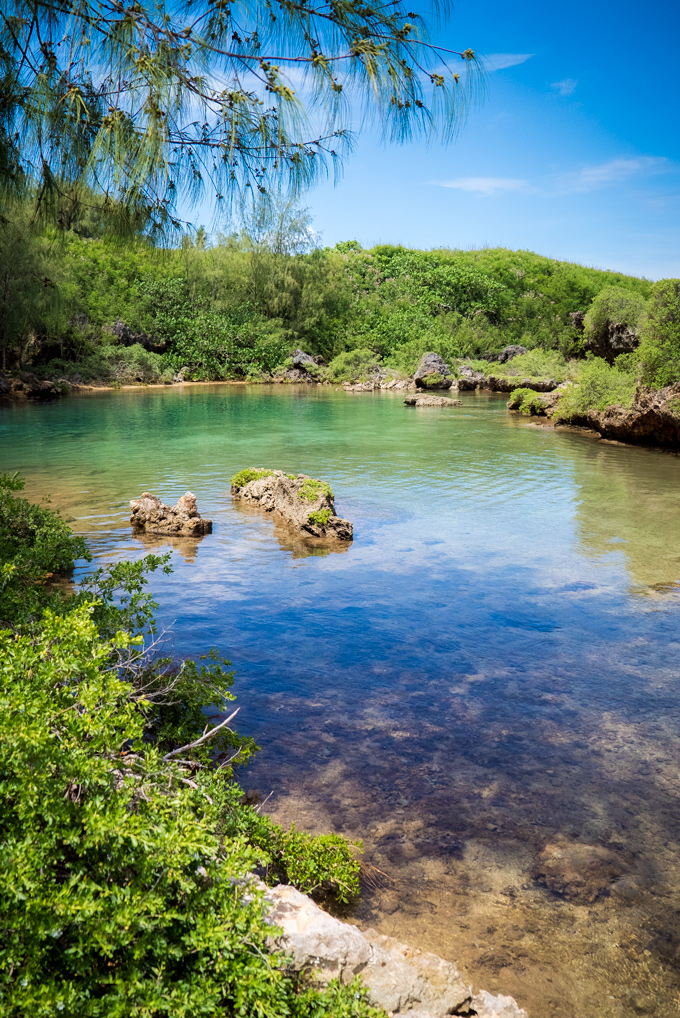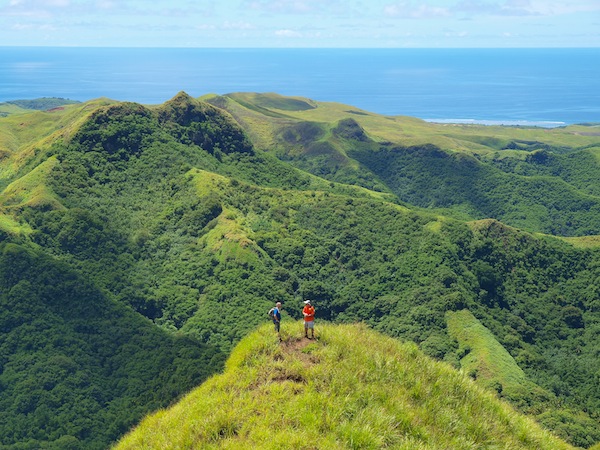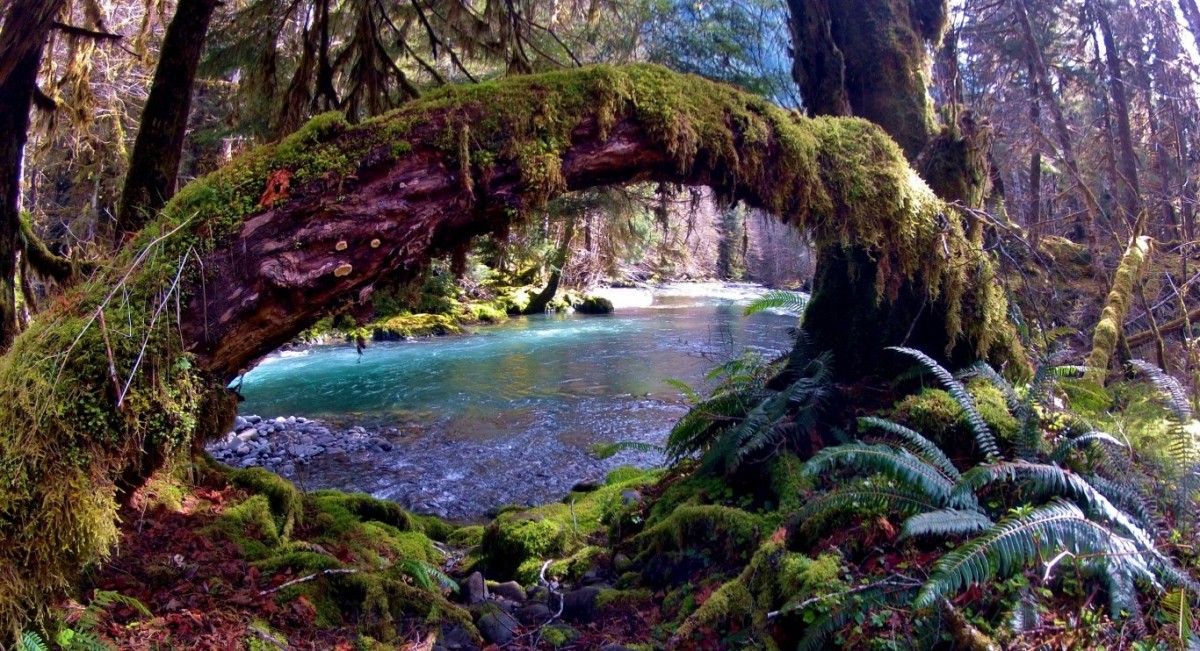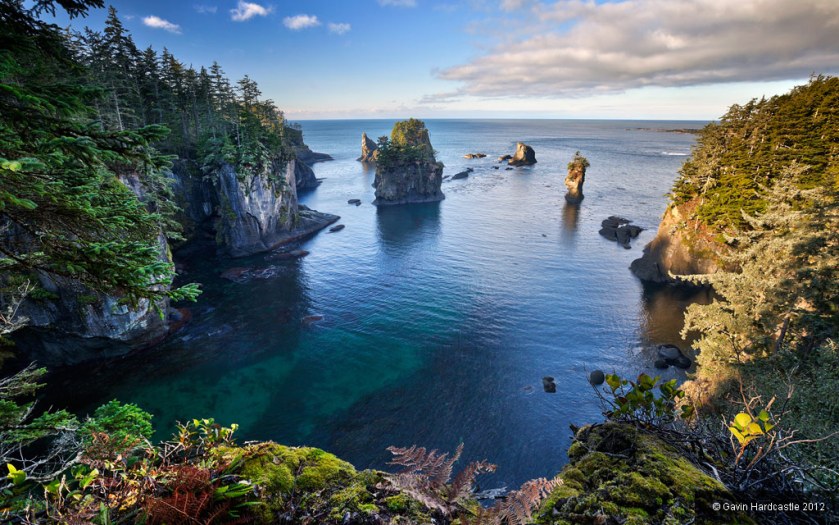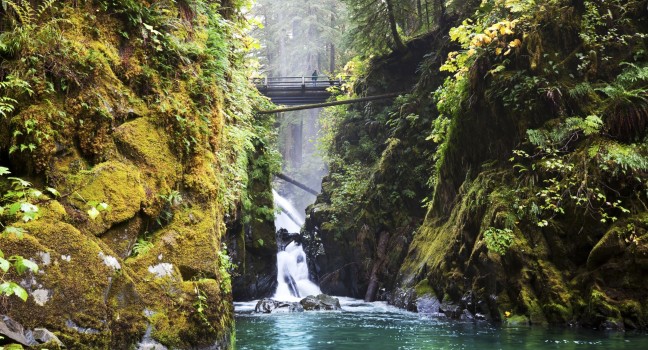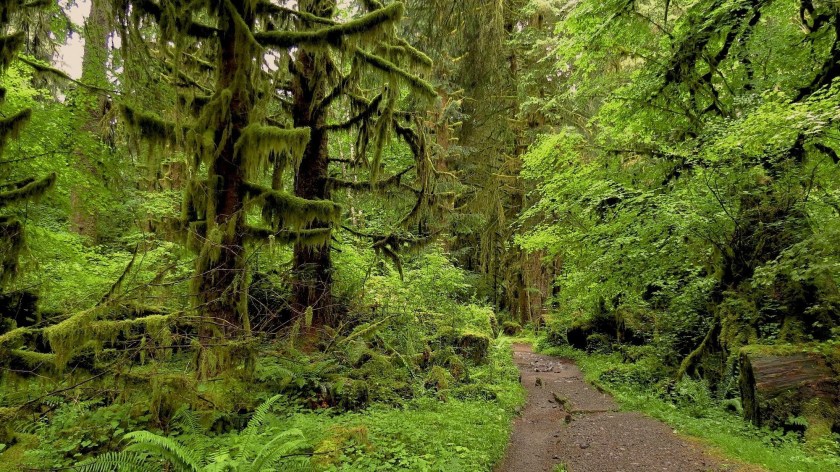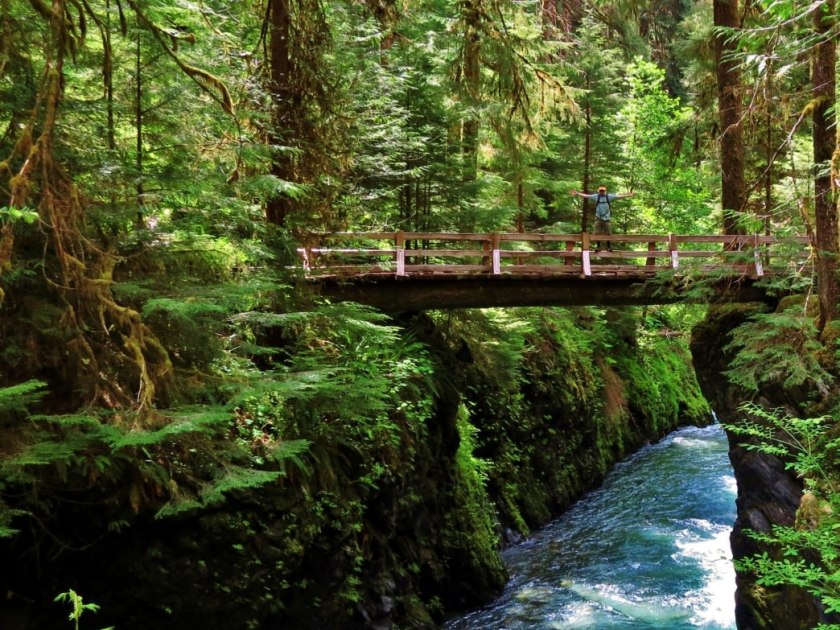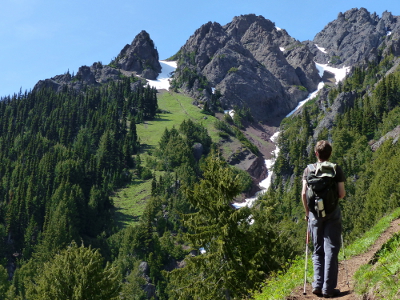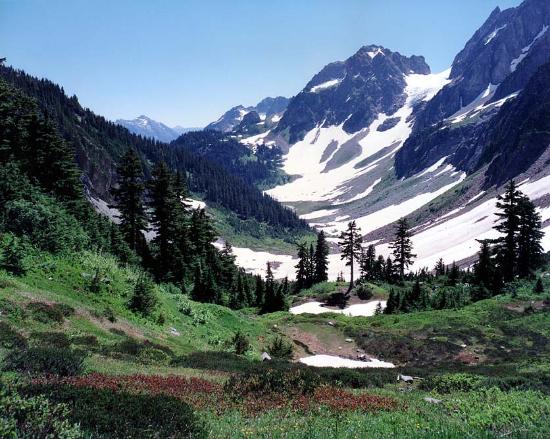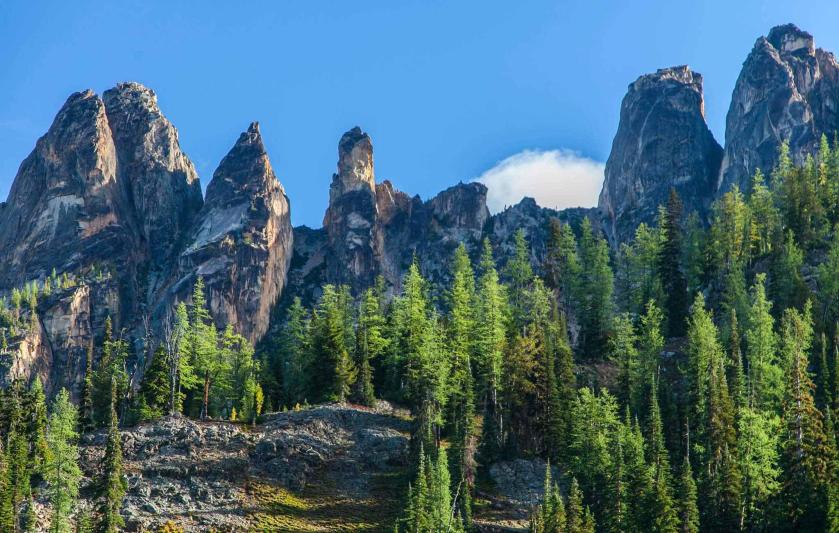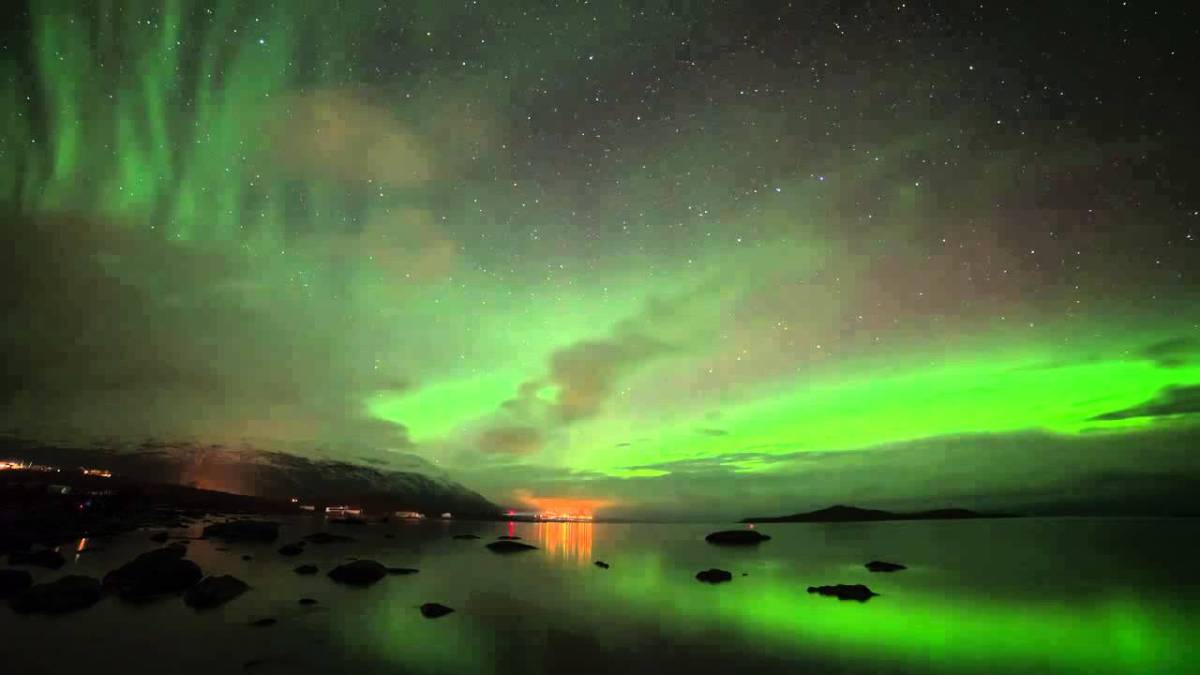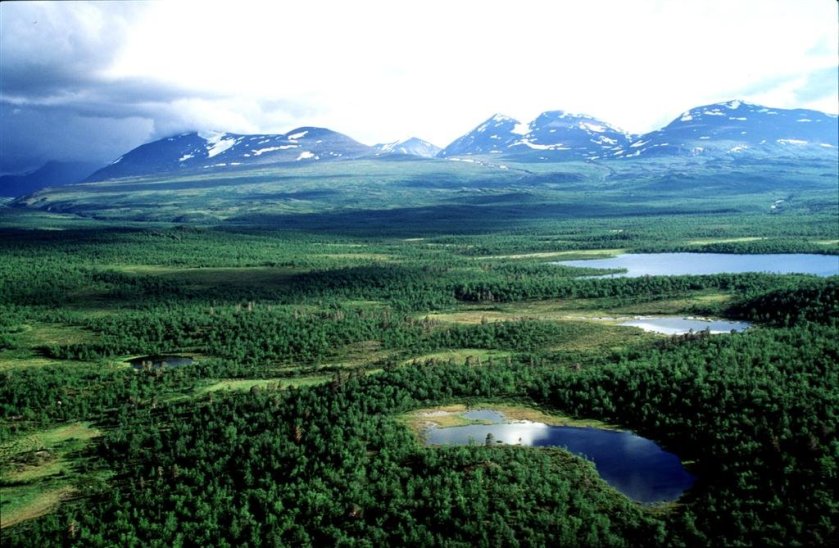New Zealand is an island nation located near the center of the water hemisphere. It is located approximately 1,350 miles (2150KM) from Sydney Australia, and about 1,500 miles (2,400KM) North of Antarctica (however the closest airport in Antarctica is about 3,000 miles (4,800KM) from New Zealand. The island nation is made up of two main islands, the North Island and the South Island, along with about 500 smaller islands under the territory control of the country. New Zealand was one of the last countries on the planet to be inhabited by humans due to its unique geographical location. There are 14 National Parks in this country, which attracts millions of tourists every year, along with film makers, photographers, etc. Many famous movie / television series have been filmed in New Zealand including the famous Lord of the Rings trilogy and The Hobbit. Many people have the false assumption that New Zealand is a tropical island country within the Pacific Ocean, however this is not exactly true. Although in the Northern Island, temperatures can easily reach beyond 100 Degrees Fahrenheit and is considered a tropical region, the Southern Island is relatively close to the southern arctic circle and can reach temperatures below 15 degrees Fahrenheit while receiving annual snowfalls exceeding 5 ft. I the inland higher altitude areas. With over 20% of the country covered in National Parks, the unique wildlife the country has to offer, and the secluded area that could get me to escape from everything, New Zealand is where I currently wish I was right now instead of working 45 stories up in the concrete jungle of NYC.
 What to do: New Zealand has many famous attractions that attracts many people from all over the globe every year. Famous for Sky-Diving, Bungee Jumping in Queenstown, climbing glaciers, and going Zorbing (a giant plastic ball that you run down a mountain inside of), are just a few recreational activities that you can do! The Bay of Islands is something that is definitely unique and a MUST DO! Here, grab a kayak, put on your swim suit, and go out for the day. Here you will be able to go snorkeling, lay out on the beach, and even swim with dolphins! Take a cruise through the famous Milford Sound, which is absolutely stunning and considered to be the 8th wonder of the world. You can also hike the Tongariro Crossing, which is considered by many to be one of the best day hikes in the entire world. This hike will take you up through huge valleys, up mountain slopes and to incredible volcanic lakes. This is also where you will find Mount Doom from The Lord of the Rings! Aside from all of this, there is also whitewater rafting through class 5 rapids, backpacking opportunities, sailing, seeing the famous glowworms within the caves of New Zealand, seeing the infamous Moeraki boulders, visiting ancient villiages, and finally going to Wai-O-Tapu which is a majestic day trip and a MUST DO!
What to do: New Zealand has many famous attractions that attracts many people from all over the globe every year. Famous for Sky-Diving, Bungee Jumping in Queenstown, climbing glaciers, and going Zorbing (a giant plastic ball that you run down a mountain inside of), are just a few recreational activities that you can do! The Bay of Islands is something that is definitely unique and a MUST DO! Here, grab a kayak, put on your swim suit, and go out for the day. Here you will be able to go snorkeling, lay out on the beach, and even swim with dolphins! Take a cruise through the famous Milford Sound, which is absolutely stunning and considered to be the 8th wonder of the world. You can also hike the Tongariro Crossing, which is considered by many to be one of the best day hikes in the entire world. This hike will take you up through huge valleys, up mountain slopes and to incredible volcanic lakes. This is also where you will find Mount Doom from The Lord of the Rings! Aside from all of this, there is also whitewater rafting through class 5 rapids, backpacking opportunities, sailing, seeing the famous glowworms within the caves of New Zealand, seeing the infamous Moeraki boulders, visiting ancient villiages, and finally going to Wai-O-Tapu which is a majestic day trip and a MUST DO!
 My Recommendation: If you are like myself and plan on traveling the globe for an extended period of time, I would spend 2 weeks on the Northern Island and 2 weeks on the Southern Island, then move on to my next destination. A lot of people think that you should only spend 1 week on each island, however due to the infamous National Parks, scenic views, and vast opportunities to have the experience of a lifetime, I would not cut this trip short. I would spend 1 week on each island visiting National Parks, backpacking, hiking, exploring, etc. I would spend the other week visiting the cities, local towns, relaxing on the beaches, and exploring the culture the island has to offer within its community.
My Recommendation: If you are like myself and plan on traveling the globe for an extended period of time, I would spend 2 weeks on the Northern Island and 2 weeks on the Southern Island, then move on to my next destination. A lot of people think that you should only spend 1 week on each island, however due to the infamous National Parks, scenic views, and vast opportunities to have the experience of a lifetime, I would not cut this trip short. I would spend 1 week on each island visiting National Parks, backpacking, hiking, exploring, etc. I would spend the other week visiting the cities, local towns, relaxing on the beaches, and exploring the culture the island has to offer within its community.
HOWEVER, if you are only planning on coming to New Zealand for a 2-week Vacation, your plans may change. Spend 1 week on each Island to start. Spend at least 3 days exploring National Parks / nature on each island. Then I would pick out 1 day on each Island for major activities such as white water rafting, bungee jumping, Zorbing, & other local activities. Then spend the other 2 days relaxing and doing whatever is you want, after all it is your vacation! (I did not forget about the other 2 days… 1 day for arriving, and 1 day for leaving… )
Thank you for reading. Please like, share and subscribe for more daily places in the world that I am currently dreaming of being at rather than work.
Please Note: I do not advertise for any of the mentioned companies or locations in which I advertise for. I do this 100% for fun and for other want-to-be travelers who want to read.

